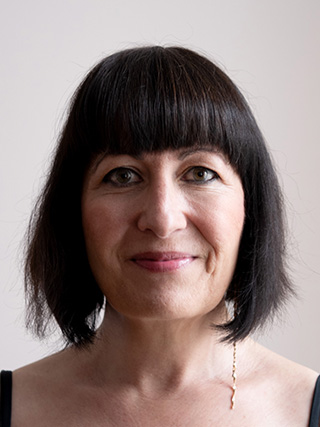HEAS Member Barbara Horejs interviewed on Austrian radio on Archaeogenetics
More On Article
- Perceptions of female age, health and attractiveness vary with systematic hair manipulations
- Long shared haplotypes identify the southern Urals as a primary source for the 10th-century Hungarians.
- HEAS Members Travel to See the Lucy Skeleton - In Europe for the First Time
- HEAS Member Michael Doneus Receives Award For Contribution to Archaeology
- HEAS Seminar Series Speakers Announced

HEAS deputy head Barbara Horejs was recently interviewed on Austrian National Radio on Archaeogenetics.
Show description:
Genetics is becoming an important tool for archaeologists and historians, especially when looking far back into history.
In recent years, science has frequently generated interest with new news about prehistory and early history. For example, the history of the spread of agriculture to Europe 8,000 years ago had to be rewritten. This was made possible by the introduction of genetics into archaeology. Archaeogenetics has repeatedly produced new methods in recent years: Today, DNA can be extracted from bone surfaces without drilling into the bones, or DNA can be analyzed from sediments – without bones at all. History has also recently begun using genetics, gaining new insights, for example, into the migration of peoples in the middle of the first millennium AD.
Listen Here (in German):